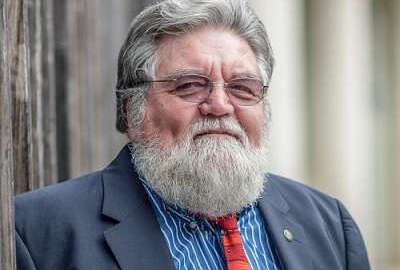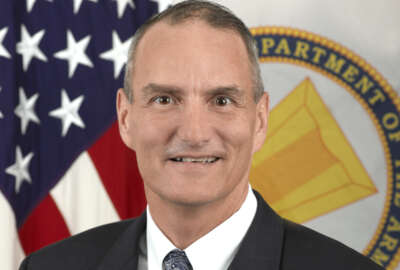
Justice CIO Klimavicz to take on additional duties as the chief data officer
Justice Department CIO Joe Klimavicz is gaining additional responsibilities as chief data officer, begging the question whether there is a difference between...
In the coming weeks, the Office of Management and Budget will release new guidance for how agencies should implement the Evidence Based Policy-Making Act, including the requirement to name a chief data officer.
Some agencies like the Transportation Department, the U.S. Agency for International Development and several others already have CDOs and are well ahead of the curve.
The Justice Department is the latest agency to get on the CDO bandwagon, but is taking a bit of a different approach than most agencies.
DOJ named Joe Klimavicz, its chief information officer, as its chief data officer last week.
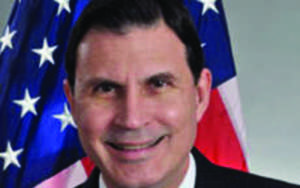
DOJ’s decision to give Klimavicz the CDO title is dissimilar to how most agencies, large and small, have handled it over the last four years as the data position has come in vogue.
The debate typically is around whether CDO answers to the CIO or is on the same level as the CIO, reporting to the deputy secretary or an assistant secretary of management type of role. Each agency has handled this decision differently, with some like the Centers for Medicare and Medicaid Services sitting their CDO outside the CIO’s office. Others, such as USAID, have their CDO report to the CIO. As of August 2018, a PricewaterhouseCoopers survey found 64% of federal CDOs report to the CIO.
“No two federal CDOs share the same portfolio of responsibilities, as each one has adapted the role to the unique needs of his or her agency,” Jane Wiseman, a senior fellow at the Ash Center for Democratic Governance and Innovation Harvard Kennedy School at Harvard University, wrote in an IBM Center for the Business of Government report on federal CDOs from September. “Federal CDOs view themselves as enablers of data-driven decision-making capacity in their organizations and execute on that in different ways, ranging from being centralized providers of “analytics as a service” to creating the tools and platforms that enable employee self-service across their departments.”
Wiseman said the private sector model is much different where most CDOs report directly to the COO or CEO of the company.
Information vs. data: Different sides of the same coin?
But at DOJ, the decision seems to bring back the debate about data versus information. If the CIO, Klimavicz in this case, is responsible for information, then why not make him responsible for data, too, as the two are intrinsically linked?
Related Stories
So to some it may make sense to dual-hat the CIO as the CDO, too, because they, through the Federal IT Acquisition Reform Act (FITARA), are already working closely with other C-level officers and mission program managers.
One recommendation from Wiseman in the IBM report is for agencies to have a data leader who has “the authority, executive support and mandate to advance data-driven government. Agency leaders should hire a data leader such as a CDO who demonstrates competency across the domains of infrastructure, innovation and delivery.”
Sound like a job for a CIO?
Interestingly enough, the FBI hired a chief data officer more than two years ago and that person reports to the CIO. The bureau is taking a different approach than headquarters, but maybe that’s why making Klimavicz the CDO makes sense too — he can connect the technology with the information and the data.
On the other hand, one former agency CIO told me that the Justice Department’s decision to dual-hat Klimavicz signals to them that the agency doesn’t respect or appreciate the impact the CDO could have. Among the reasons for this belief, the former official said, are a CDO with a singular focus can have a bigger impact on the agency as a whole than just giving the CIO more responsibility. They also said a stand-alone CDO can affect change in a much different way than by having a legacy CIO where there are real or perceived culture challenges.
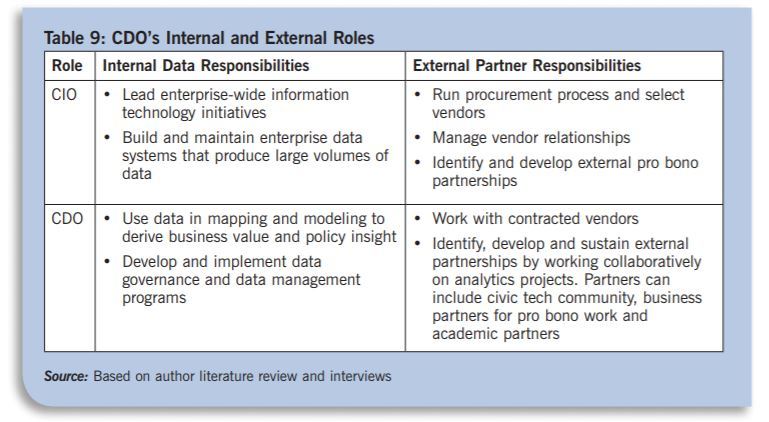
The IBM report addressed this challenge, too. It highlighted the reason the Transportation Department created a separate CDO who reports not to the CIO, but to the agency’s chief technology officer.
“Frustrated that there wasn’t anyone in the department whose full-time job was data, he decided to create the role of a CDO,” Wiseman writes. “In choosing to create the role, the CIO also decided that it should be a career job — that was a way to signal that the department was making an investment in data as an agency. The mandate for the CDO at DOT is open data, data governance, and self-service data infrastructure.”
As another CDO told me recently, they describe the position as the grease, but the data is the fuel for the agency’s decision-making engine.
To me, that means no matter where the CDO sits or who wears the hat, the person in that role must ensure the business and mission folks have the data and information they need to make better decisions.
In Justice’s case, if Klimavicz can grease the skids, then, give him the extra hat. The good thing is it’s not permanent and DOJ can change its approach if it’s not working.
What will be interesting over the next few months is how prescriptive OMB’s guidance will be in relation to the reporting structure of the CDO and how other agencies approach the reporting structure. Like chief privacy officers back in the mid-2000s, agencies dual-hatted CIOs with that job. And slowly over the past decade, agencies have created stand-alone roles mostly inside the CIO’s office.
DHS’s Kneidinger heading to Energy
In other people news, Mark Kneidinger’s six-year run at the Department of Homeland Security ends June 10.
Kneidinger is now a senior adviser for policy and IT transformation in the Energy Department’s Office of the CIO. He changed his Linkedin profile to reflect the new job.
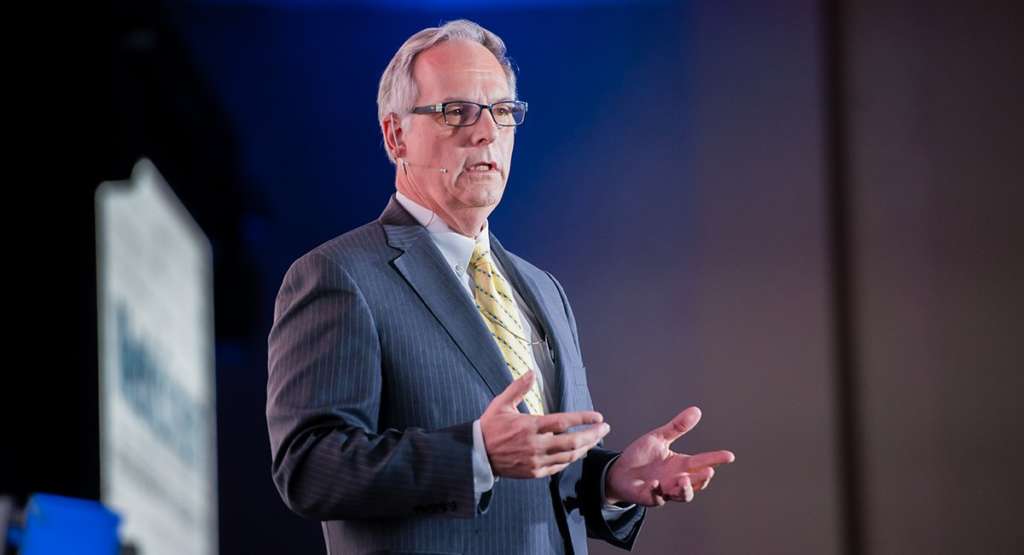
While it’s unclear what Kneidinger will do in the senior adviser role, it’s clear that DOE CIO Max Everett has been pushing the IT modernization ball quickly forward.
The Energy Department received a $15 million “loan” from the Technology Modernization Fund to accelerate its effort to move email to the cloud.
Everett told me in January that the cloud email consolidation effort is part of how Energy is trying to get a better understanding of the cost of technology.
Additionally, the department has been out in front with figuring out how to meet the requirements of the Trusted Internet Connections (TIC) initiative in a new way. DOE worked with DHS over the past 15 months to create a more flexible use case to secure internet connections.
Kneidinger comes to DOE after spending the last six months as the deputy director of the DHS National Risk Management Center (NRMC), which the agency stood up last summer. It’s a little surprising that he is leaving after six months given the focus of the administration around issues like supply chain and cyber risk management.
Before coming to the NRMC, Kneidinger led the DHS Federal Network Resilience office since 2015 and has been with the office since 2013. Before that, he worked for private sector companies including CSC and CACI, and was the CIO for state offices in New York and Virginia.
Copyright © 2025 Federal News Network. All rights reserved. This website is not intended for users located within the European Economic Area.
Jason Miller is executive editor of Federal News Network and directs news coverage on the people, policy and programs of the federal government.
Follow @jmillerWFED



